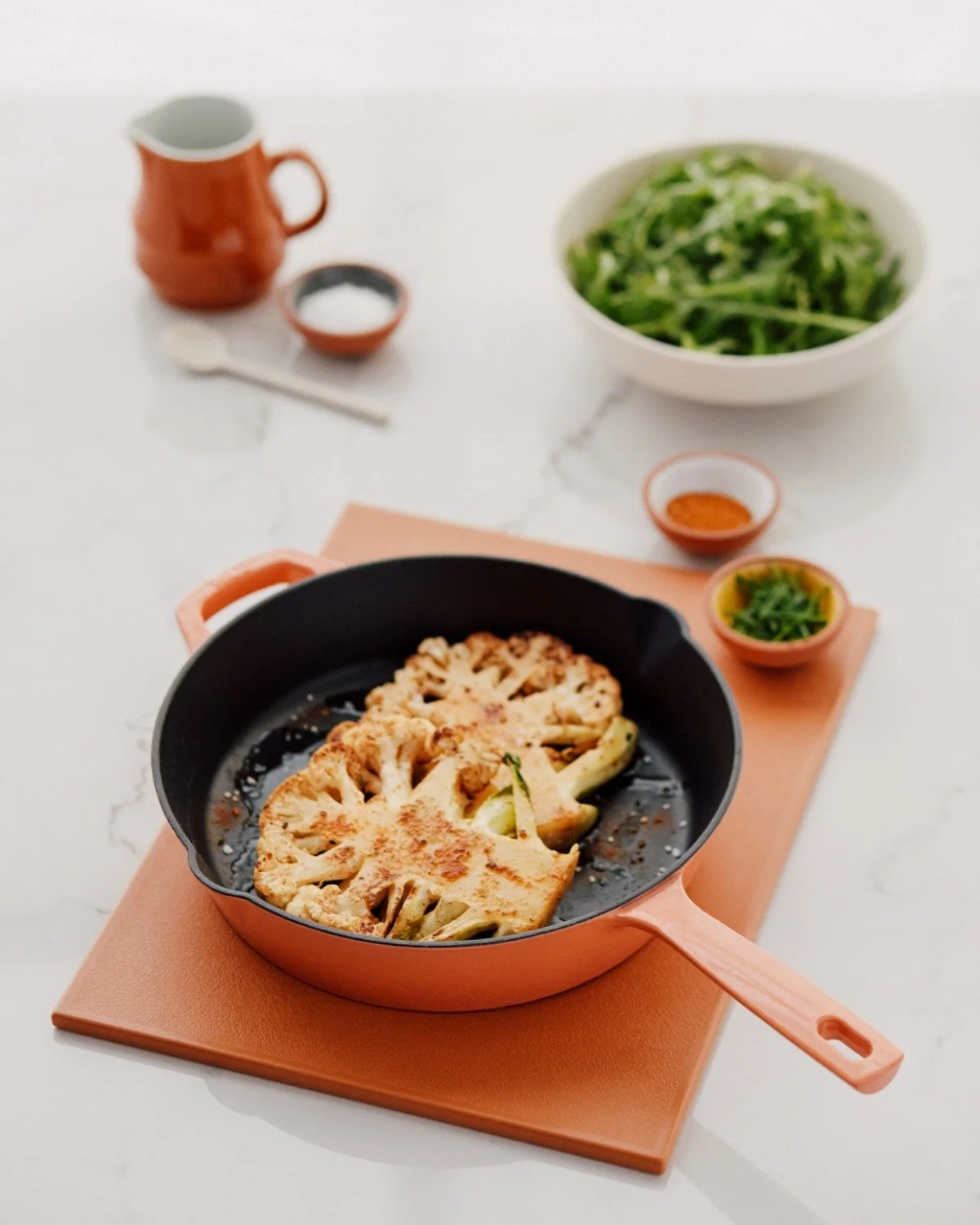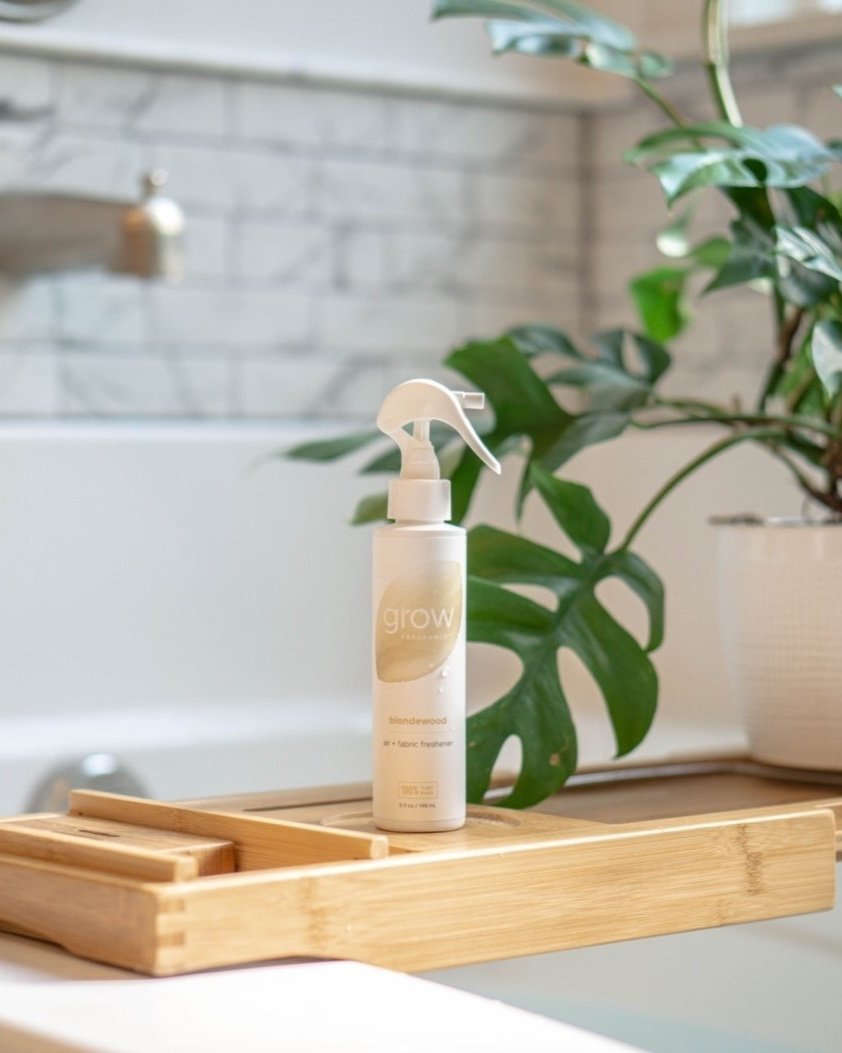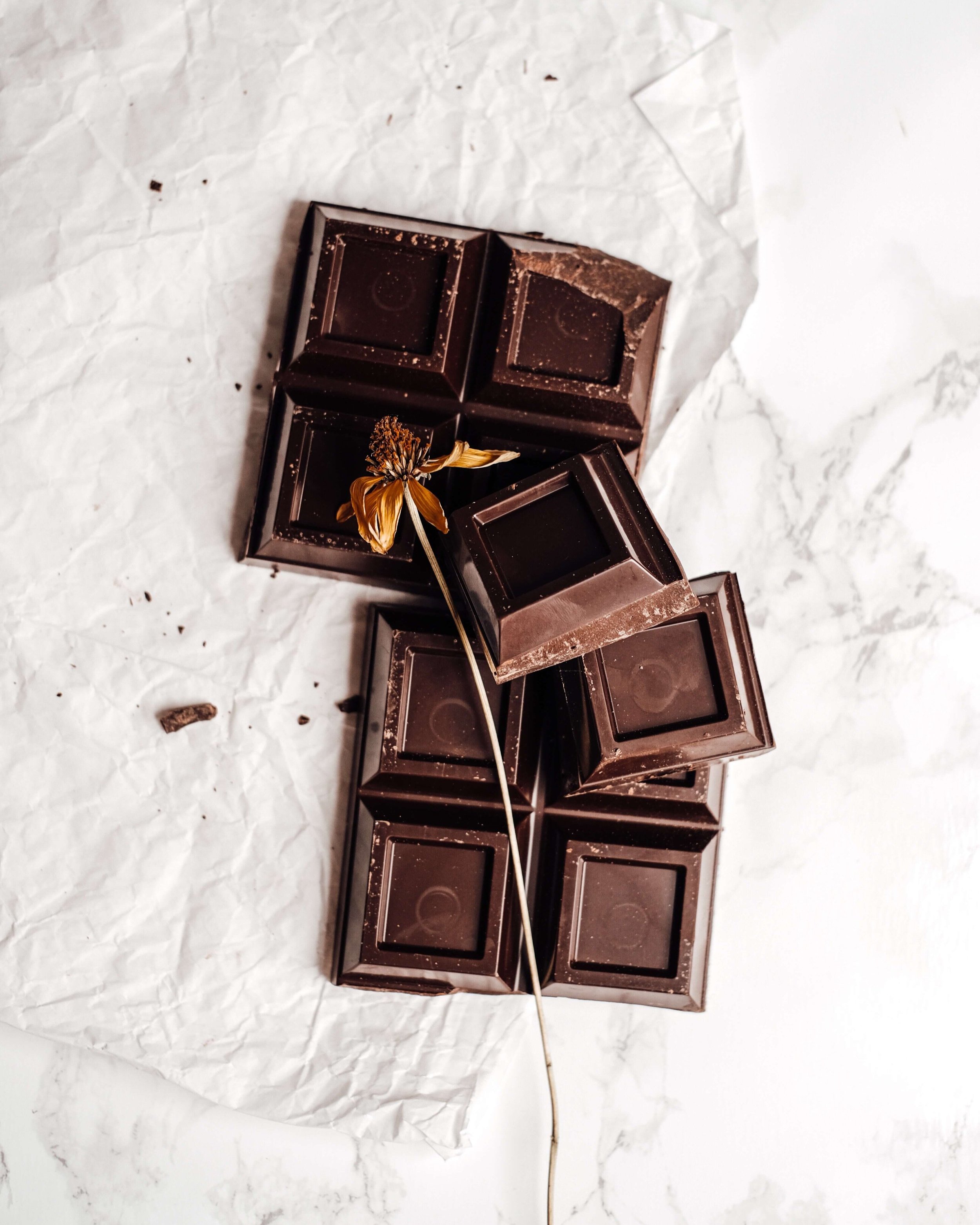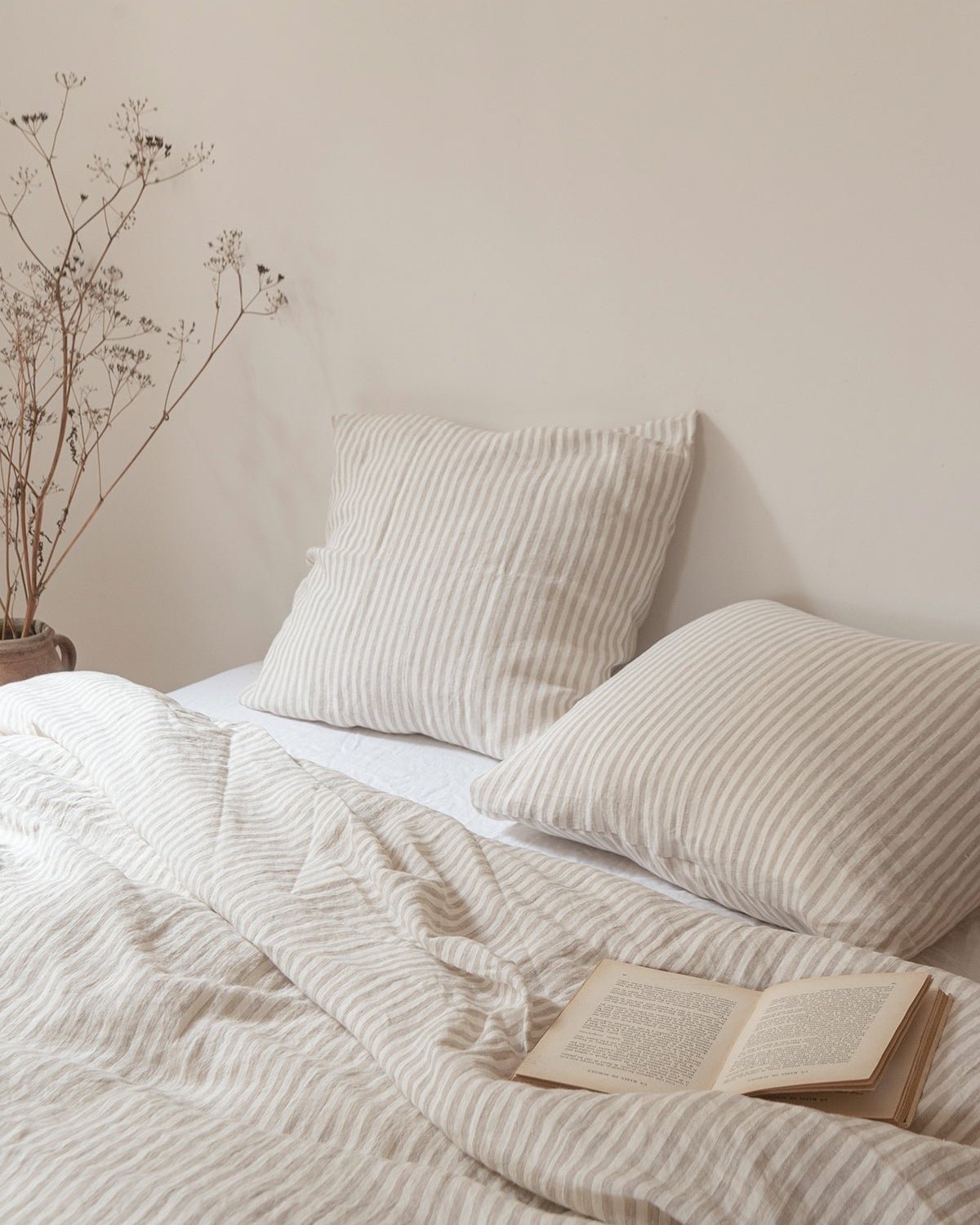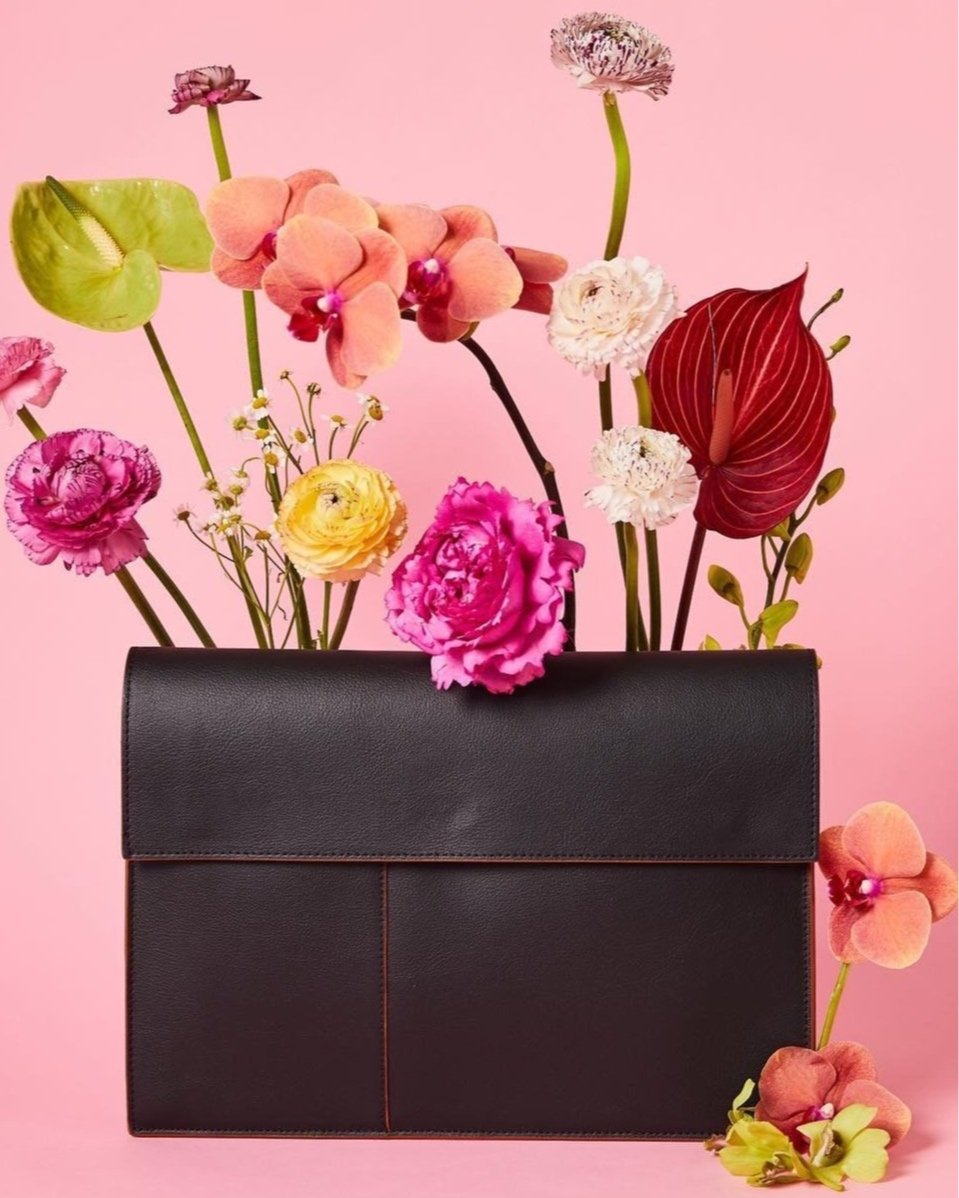Plant-Based Packaging 101: Exploring the Sustainability Benefits
Plant-Based Packaging
Supporting your lifestyle with sustainable goods feels great until they arrive in traditional packaging. Even if your purchases don’t harm the earth, cardboard and plastic do. It’s one of the reasons why many companies are moving toward plant-based packaging. Check out the sustainability benefits of eco-friendly shipping materials to better picture the future of green shopping.
What Are Eco-Friendly Packaging Solutions?
Eco-friendly packaging solutions are shipment materials that don’t produce environmental waste during manufacturing or after arriving at consumers’ doorsteps. Enough global companies use them that the eco-friendly packaging industry is worth $292.71 billion and will continue to grow through 2029. As long as consumers can place orders online or in stores, packaging materials will be necessary for every business sector.
Do Consumers Want This Packaging Alternative?
Companies may switch to plant-based packaging for various business reasons, but consumer demand is among the most crucial. Experts estimate that 60%-70% of consumers will pay more for green shipping materials. They may opt for green, eco-friendly packaging due to their sustainable lifestyles or general concern for the planet’s well-being.
How Does Traditional Packaging Hurt the Planet?
Traditional packaging includes materials like plastic and styrofoam. Those solutions aren’t biodegradable, so they pollute landfills and break down into chemicals that harm ecosystems. Given that around 11 billion tons of goods are moved across the world by ships annually, non-biodegradable materials are used extensively. Eco-friendly packaging solutions would remove a large amount of waste from landfills and places where those materials become litter, like the oceans.
Different Kinds of Plant-Based Packaging
Anyone interested in eco-friendly shipping materials should learn about plant-based options. They might become available from your preferred manufacturers or restaurants, giving you more opportunities to live a greener lifestyle.
1. Paper and Corn Starch Liners
When you order food to-go, it likely comes in a small plastic container. Restaurant owners prefer these containers to cardboard because they’re nearly leak-proof. The delicious contents won’t soak the material and render it soggy. That’s been the primary challenge of swapping them with cardboard alternatives, but now there are special liners to reduce obstacles.
Manufacturers making restaurant delivery supplies produce containers featuring liners made with 90% renewable materials drawn from corn starch and paper. They withstand liquids well and even provide moderate temperature regulation when the lining is thick. It could help more restaurants replace polystyrene — also known as styrofoam — with these sustainable liners.
2. Dissolvable Packing Peanuts
You’ve likely made at least one purchase that arrived in a box of packing peanuts. The styrofoam pieces absorb shock and cushion fragile goods, but they also don’t break down when you throw them away. Even worse, they’re the perfect size for animals to confuse with edible food.
Manufacturers can create the same type of insular packaging with packing peanuts made from natural starches. They’re so easy to produce that grade school classrooms often make them for science experiments demonstrating the life span of eco-friendly shipping materials.
If you were to receive a box of these peanuts, you could toss all of them into a bowl of water. The water would instantly break down the primary starch ingredient, liquifying your packing peanuts into their biodegradable starch compounds. It’s a significantly greener alternative to petroleum-based styrofoam products.
3. Plantable Boxes
If the idea of washable paper made with cellulose fiber blew your mind, you’re going to love plantable boxes. They’re green packaging that naturally breaks down, like starch-based cardboard or paper. After you retrieve your order, you can bury your packaging in your yard. Instead of remaining in a landfill forever, it would decompose until the seeds hidden inside could form roots in your soil.
This alternative to traditional shipping materials restores ecosystems with specific seeds, like flowers for pollinators. If you choose a company that ships things featuring seeds native to your hometown, your purchase would be twice as green. You’d add plants to your local environment that insects and animals would instantly recognize, rather than a new plant or a potentially invasive species.
4. Bioplastics
You might try to make your lifestyle greener by recycling any plastics you buy. While that helps the environment, you can go even further. Companies are making so much bioplastic packaging that the industry will produce 7.4 million metric tons of it annually by 2028.
Bioplastic is a material made with biobased polymers that microorganisms break down through digestion. They don’t leave any waste behind after entering a processing unit, like a composter or anaerobic digestion equipment. Feeding them contributes to the nutrient profile of the soil around them as well, fueling the environment instead of polluting it.
This revolutionary plant-based packaging can ship everything from pharmaceuticals to consumer goods, so keep an eye out for this green shipping option when you make future purchases.
5. Bagasse Materials
Although you might not have heard about bagasse before, you’ve likely enjoyed the sugary products related to it. When sugar cane manufacturers process their harvests, the sugar cane leaves behind a natural waste called bagasse. Researchers started studying this fibrous waste for its potential in shipping materials. It’s an ongoing form of waste that will exist as long as people eat sugar cane products, which aren’t going away anytime soon.
Bagasse pyrolysis economically benefits its production regions while utilizing an unlimited natural resource. When processed into a solid material, it easily replaces cardboard as a sturdy shipping option. It could reduce the level of deforestation currently contributing to cardboard production, so companies are jumping on board.
6. Mycelium Containers
Mushrooms aren’t just delicious ingredients that eliminate free radicals in your body after you eat them. They’re also another tool in the green packaging world. It all comes down to their roots.
When mushroom spores start growing in the woods, they form intricate root systems. Experts call the entirety of the root system a mycelium, which contains many thin hyphae strands that send nutrients to the mushroom.
Mycelium systems utilize tough natural fibers. They’re perfect eco-friendly packaging solutions because they’re easy to replicate without removal from the natural environment. When fortified for packaging purposes, mycelium containers ship products safely and biodegrade in compost bins. This material is so reliable that people are even combining it with wood to make greener houses made of mushroom roots.
7. Pulp-Based Packaging
Many people think of fruits like oranges when they hear about pulp. Sustainably-minded consumers imagine the boxes their next online order will arrive in. Pulp is one of the leading ways companies ship their products, but it doesn’t come from fruit.
Instead, manufacturers partner with recycling companies to purchase their paper goods. Consumers drop off widely used materials like office paper, toilet paper, newspaper and cardboard at their local recycling facilities. Those facilities ship them to manufacturing partners who process them into pulp.
The resulting waste paper products can become new paper or cardboard. Eco-centric companies might use pulp-based packaging to contain their goods and paper using the same material to print the receipts in each shipment. When you finish using this material, recycle it just like other paper products to restart its evergreen life cycle.
8. Seaweed Plastic
Seaweed can do so much more than hold your favorite sushi ingredients. It’s one of the next materials that could replace plastic. Students in Australia turned seaweed into edible water bubbles, eliminating the need for plastic bottles. They also found that it was a stable replacement for other plastic products like disposable gloves and laminating pockets.
Researchers in Australia even found ways to make seaweed into grease-resistant paper, like the paper wrapping your burger when you get fast food. The revolutionary material would continue supporting consumer needs while transferring the world to biodegradable alternatives.
9. Bamboo Packaging
Bamboo is a great material for tasks like cutting boards and flooring. Although it grows in lush forests, experts consider it a sustainable material because it grows much faster than trees. It’s an excellent option for sustainable packaging, so it’s already replacing materials like plastic.
Manufacturers can remove the fiber composites within the bamboo to create the foundation for their shipping materials. They combine it with polymer to reinforce the material and make packaging with much less polymer than before. Not all polymers are plastics, so it’s an excellent way to make a greener alternative for supplies like food packaging.
10. Coconut Husks
People around the world already harvest coconuts for various food products. It’s a delicious fruit that’s also a promising source of plant-based packaging. When manufacturers keep the husks discarded by larger food producers, they break down the coir fibers that make up most of the brown husks.
The organic fiber is strong and doesn’t absorb water very easily. Due to these benefits, it could become a more widely used ingredient in eco-friendly packaging for food products. If more manufacturers partner with companies already processing coconuts, they would reuse a consistent form of waste that would otherwise get thrown in garbage dumpsters.
Embrace New Eco-Friendly Packaging Solutions
Eco-friendly packaging solutions offer numerous sustainability benefits. Creative materials reduce the use of limited natural resources, minimize waste and innovate alternative ways to use packaging waste once you finish using it. The next time you make a purchase, see which options are available with your preferred retailers or restaurants.
About the Author
Mia Barnes is a health and beauty writer with a passion for sustainable living and wellness. Mia is also the Founder and Editor-in-Chief of Body+Mind Magazine, an online publication that covers healthy and eco-friendly living. Follow Mia and Body+Mind on Twitter and LinkedIn!
MAKE SURE TO PIN THE PHOTO BELOW TO SAVE THIS POST FOR LATER!
WANT TO FIND SUSTAINABLE BRANDS? VISIT OUR BRAND DIRECTORY!
Our Brand Directory is home to hundreds of sustainable brands, from makeup to cleaning supplies, from underwear to shoes. We have broken everything down by category for easy shopping, along with discount codes unique to Sustainably Chic viewers.






